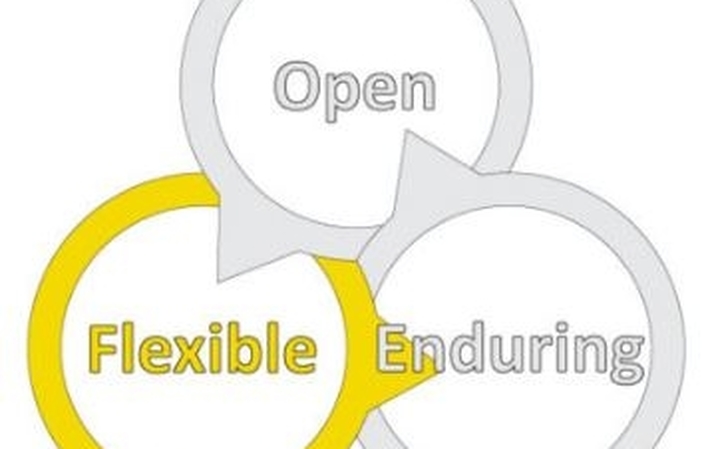
Published on 04/25/2017 | Technology
I’ve been dealing with technical standards for 30 years in the integration, controls software and connected devices industries. Standards are important to the evolution of markets. They provide solid design frameworks and credibility for carefully-engineered solutions. But even the most well-formed standards can become corrupted the moment they meet the real world. Later, standards must either evolve to keep pace with technology, or fade away. And within each implementation of a standard there are inevitably many manufacturer-specific variants (the excellent ZigBee standards are an example).
The IoT is a particularly tough market for standards. It’s a universe of use cases, technologies and applications. It’s quickly evident that a variety of IoT standards are necessary. For example, the data and transport requirements for a vibration sensor are very different from those of a security camera or a rooftop air handling unit.
Standards for IoT are a good thing. But rallying behind or waiting for a single, strict IoT standard is not productive. Many excellent standards already exist. More are coming, and most will evolve. So if you’re a manufacturer, developer or solutions provider, don’t wait to implement IoT products or solutions. Push ahead now with new products and ideas. Just make sure that your offerings are Flexible.
The ideal IoT Environment includes Flexibility to adapt to changing ecosystems of standards, protocols, devices, and data from billions of connected nodes across countless applications. With a constant deluge of new “things” and solutions, Flexibility across ecosystems is fundamental to the very nature of the IoT. At CANDI we embrace standards, but we aren’t waiting for the winners. We are Flexible. We create value for our customers today without fear of how technology will change tomorrow.
This article is Part 3 of a four-part series.
This article was originally posted on CANDI's blog.